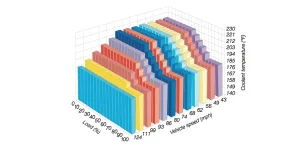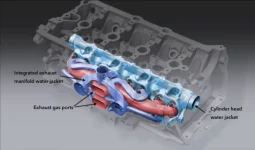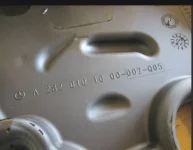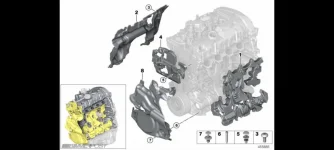I had a similar post but my question was would a hotter thermostate bring an engine to operate temperature faster? My step dad saturn ended up having a faulty thermostate combined with short trips and moisture was getting inside the valve covers and was using gas alot more. I put a higher thermostate in it and after a month no more moisture. Gas mileage is up. He drives only 6 miles. I dont know if I would've seen similar results with a regular thermostate though. My thinking was hotter coolant would translate to hotter oil. When it comes to carburted engines, it is true they favor cooler temps. The gas can literally boil out if the lines before they reach the carb. It's called valor lock. That's why many people use 180°f on there carbed engines. Personally on my carbed ones I use oem. Most old fords are 192°f. Ethonal free gas doesnt have the vapor lock problem as bad also.Okay then pick the points and explain my mistakes, i am here to learn.
As others have told you watercooled alternators are used and have been used by multiple manufacturers. Example in the picture is 2003 bmw v12.
Modern cars do use higher temp operating thermostats, for example the new mercedes engine thermostats open at 110c but they are ECU controlled.
When the car warms up the ECU lets the coolant become 110c to heat soak the engine and oil fast, after that the ecu takes over control of the thermostat and keeps it around 97c. But it can also let it run a little hotter on low load constant driving speeds, but it also lowers the temp when youre flooring it
Yes as i said we will be fitting an undershield to the engine bay just like modern cars, radiator shutters would be most ideal but then were going out of budget. Its only a couple of cheap things that we will do. I would love to build it though, however there is no room foor it either.
If this is true this would be very intersting here in Holland for people who drive a lot of short distances, only thing i am not sure about is how would this work??
Thanks for all the guys who are sending great comments and ideas.
For some however i wonder why there even on BITOG, If you live in an area where they still drive carburated v8s than i dont think this topic is interesting for you.
Last edited:






